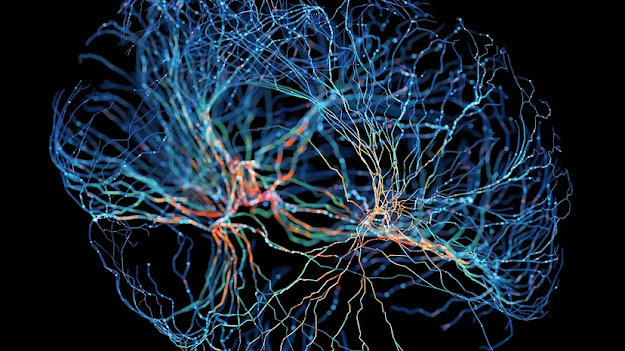The relationship between experience and the brain is
characterized by dynamic patterns of change that reflect the impact of
environmental stimuli, learning, and behavioral interactions on neural
structure and function. Here are key patterns of change in the relationship
between experience and the brain:
1. Sensitive Periods:
o Early Development: Experience plays a crucial role during sensitive periods in early
development when the brain is highly responsive to environmental input. These
critical periods are characterized by rapid and efficient learning, such as
language acquisition, sensory processing, and social interactions.
o Neural Plasticity: During sensitive periods, the brain exhibits heightened neural
plasticity, allowing for the formation of synaptic connections and neural
circuits in response to specific experiences. This plasticity enables the brain
to adapt to environmental stimuli and optimize cognitive development.
2. Experience-Expectant vs. Experience-Dependent
Processes:
o Environmental Information: Experience- expectant processes involve storing
environmental information that is expected to be present in the typical
environment, such as motion or visual contrasts. These processes rely on the overgeneration
of synaptic connections early in life, with synaptic pruning refining
connections based on experience.
o Individual Learning: Experience-dependent processes store information
specific to the individual, such as the location of resources or personal
experiences. These processes involve the formation of new synaptic connections
in response to unique learning occasions, allowing for individualized
adaptations based on personal experiences.
3. Neural Reorganization:
o Synaptic Pruning: Experience shapes the developing brain through synaptic pruning, where
unused or less relevant synaptic connections are eliminated while strengthening
and maintaining connections that are frequently activated. This process refines
neural circuits and optimizes brain function based on experience.
o Adaptive Changes: Neural reorganization in response to experience allows the brain to adapt
to changing environmental demands and learning opportunities. The formation of
new synaptic connections and the refinement of existing circuits support
adaptive behaviors and cognitive flexibility.
4. Lifelong Learning:
o Continual Impact: Throughout life, experiences continue to influence brain structure and
function, contributing to ongoing learning and cognitive development. Learning
new skills, acquiring knowledge, and engaging in novel experiences can lead to
structural changes in the brain at any age.
o Cognitive Health: Active engagement with the world mentally and physically promotes
cognitive health and neurological well-being in later stages of life. Lifelong
learning and cognitive stimulation support brain plasticity, resilience, and
cognitive vitality across the lifespan.
Understanding the patterns of change in the
relationship between experience and the brain highlights the dynamic nature of
neural development, the role of environmental influences in shaping brain
structure, and the lifelong impact of experiences on cognitive function and
behavioral adaptation. These patterns underscore the importance of enriched
environments, learning opportunities, and social interactions in promoting
healthy brain development and cognitive well-being.


Comments
Post a Comment